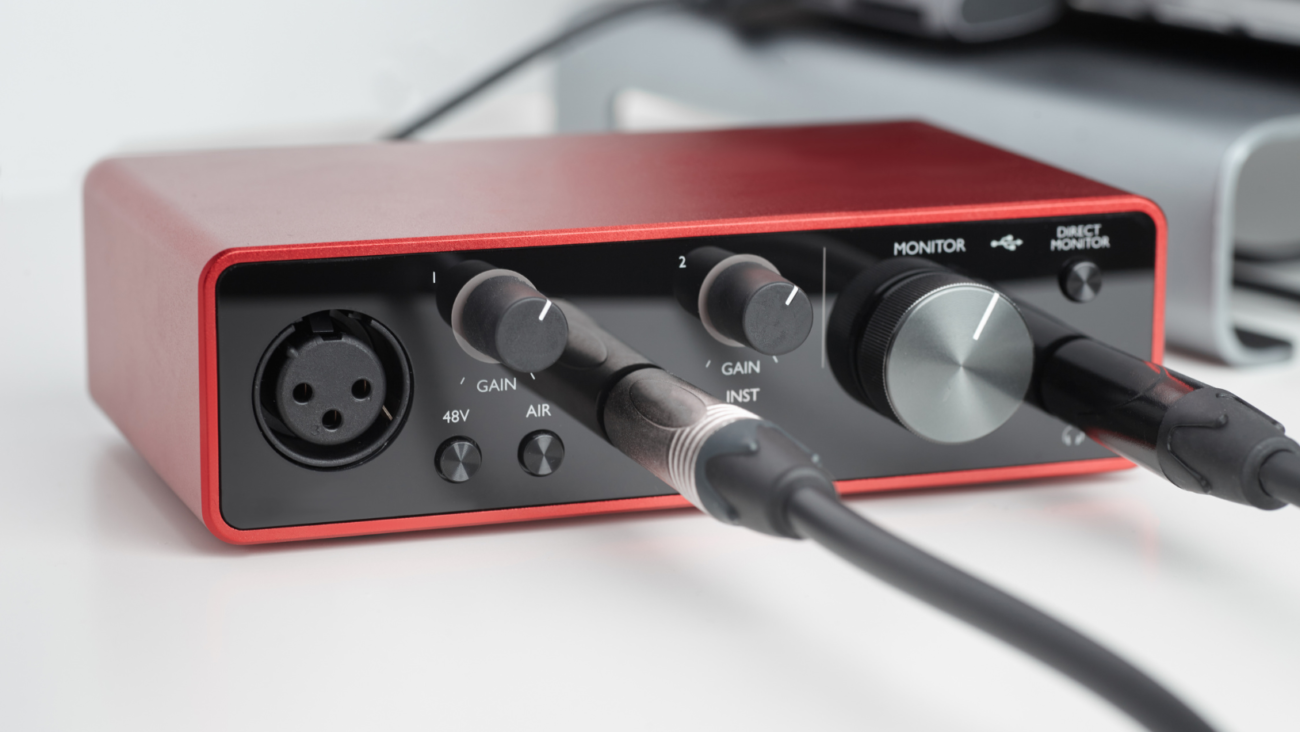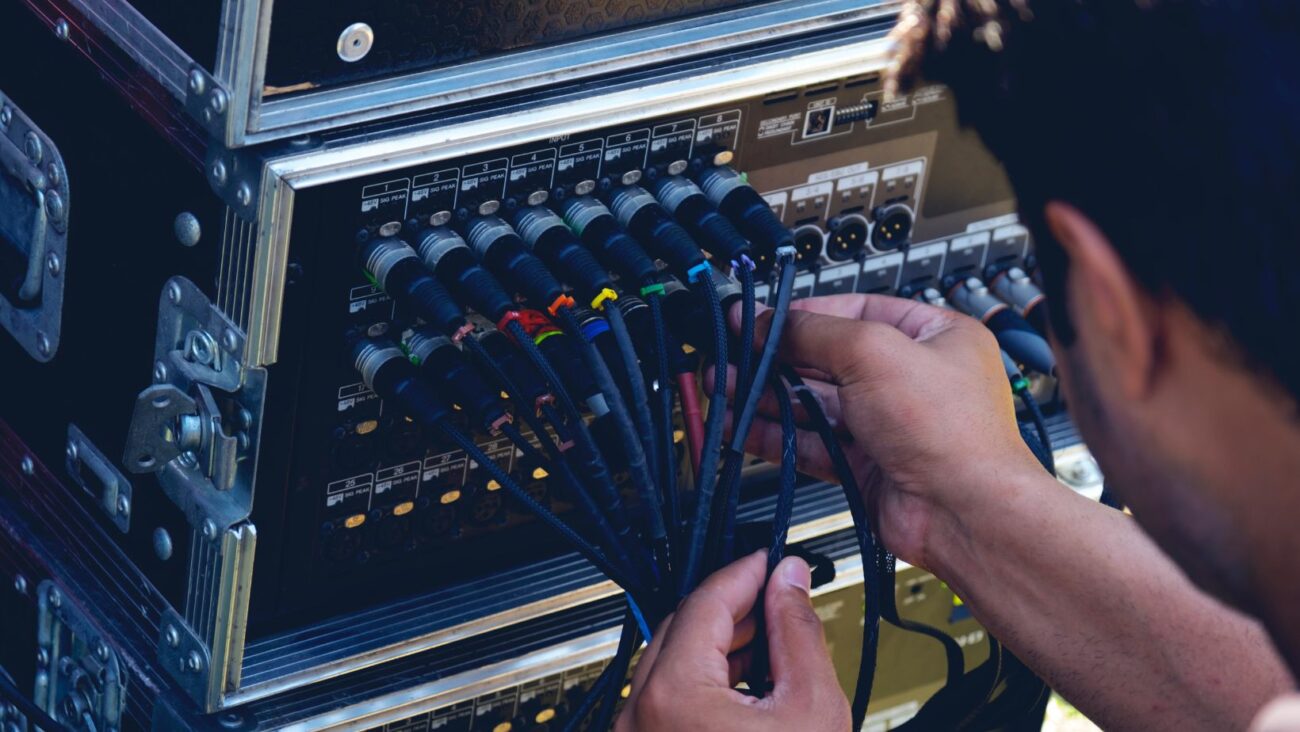What is an XLR Audio Cable?
The XLR cable is a reliable and versatile option in the world of audio connections. Whether you’re a musician, sound engineer, or an audiophile, understanding the features and benefits of an XLR audio cable is essential. This blog post will explore what an XLR cable is, its unique design, and why it is widely used in professional audio applications.
What is an XLR Audio Cable?
An XLR audio cable is a balanced cable used for transmitting audio signals. It features a three-pin connector with male and female versions that securely lock into place. The XLR connector consists of three pins arranged in a circular pattern within a metal housing, ensuring a stable connection.
The unique design of an XLR cable allows for balanced audio transmission. This means it can carry both positive and negative audio signals and a separate ground connection. The balanced configuration helps minimize noise and interference, resulting in cleaner and higher-quality audio transmission.
Why Use XLR Audio Cables?
There are several reasons why XLR audio cables are widely used in professional audio applications. Here are some of the key benefits:
- Enhanced Signal Quality: XLR cables offer superior signal quality due to their balanced design. They can carry audio signals over long distances without significant signal degradation. The balanced configuration helps eliminate common-mode noise and interference, producing cleaner audio reproduction.
- Noise Rejection: XLR cables are highly effective in rejecting external noise and interference. The balanced nature of the cable, combined with proper shielding, ensures that unwanted noise is minimized, providing a clear and pristine audio signal.
- Versatility: XLR cables are versatile and compatible with various audio equipment. They are commonly used for microphones, mixers, audio interfaces, and powered speakers. XLR connectors are designed to withstand the rigors of professional audio environments, making them suitable for studio and live sound applications.
- Secure Connection: XLR connectors feature a locking mechanism that ensures a secure connection. This prevents accidental disconnections during performances or recordings, ensuring uninterrupted audio transmission.
- Professional-Grade Reliability: XLR cables are known for their durability and reliability. They are built to withstand the demands of professional audio settings, including stage performances, touring, and studio sessions. This makes them a trusted choice for professionals in the audio industry.
In summary, an XLR audio cable is a balanced cable used for transmitting audio signals in professional audio applications. Its unique design, featuring a three-pin connector and balanced configuration, provides enhanced signal quality, noise rejection, and a secure connection. XLR cables are versatile, compatible with a wide range of audio equipment, and known for their reliability in professional audio environments. Whether you’re a musician, sound engineer, or audio enthusiast, utilizing XLR cables can help ensure clean, high-quality audio transmission.









